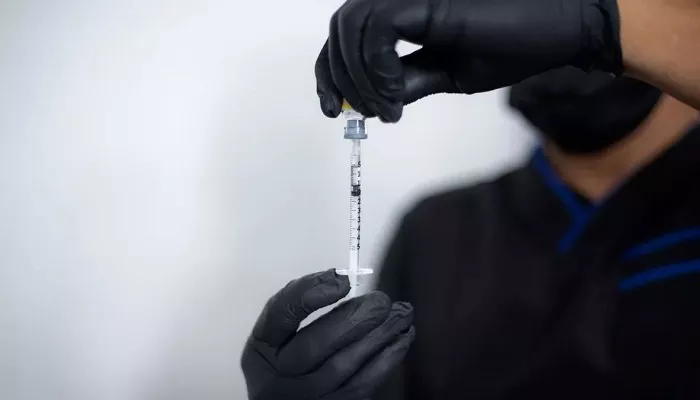Hair transplants have become an increasingly popular solution for millions struggling with hair loss, driven by rising disposable incomes, social media influence, and a strong cultural emphasis on appearance. Cities like Mumbai, Delhi, Chennai, and Bengaluru are witnessing annual market growth rates of 25–30% in this sector. However, the rapid expansion of hair transplant surgery comes with significant risks, including botched procedures, severe infections, and even fatalities linked to unregulated clinics and undertrained practitioners.
Recent incidents across India underscore these dangers. In Kanpur, 37-year-old assistant engineer Vineet Kumar Dubey died following complications from a hair transplant at Empire Warahi Clinic in March 2025. His face swelled dramatically within 24 hours, and a police complaint alleging medical negligence was filed. This clinic was also linked to the death of another engineer, Mayank Katiyar, in November 2024, after a procedure performed by a dental practitioner posing as a hair transplant expert on social media.
In Kerala, a 49-year-old patient named Sanil contracted necrotizing fasciitis, a rare but severe flesh-eating bacterial infection, after undergoing surgery at Insight Derma Clinic in Kochi. He has since endured 13 surgeries, including skin grafts, and faces ongoing physical, mental, and financial hardship. The clinic’s owner and two senior officials are currently absconding, with a police investigation underway.
Other tragic cases highlight systemic issues in the industry. A 2022 fatality in Delhi involved a man who died from sepsis and multi-organ failure after a transplant at an unlicensed salon operated by inexperienced technicians. Similarly, a medical student in Chennai died in 2016 due to an allergic reaction after surgery in an unregulated salon. Experts stress that hair transplant surgery requires sterile conditions, precise anesthesia administration, and highly skilled practitioners. As one dermatologist notes, “Errors such as injecting anesthesia into veins can be fatal.”
These deaths reflect widespread regulatory failures. Many clinics operate without licenses and employ unqualified personnel, including dentists and general practitioners with no formal hair restoration training, to reduce costs. In Kanpur, the implicated dental practitioner lacked proper credentials but marketed herself aggressively online. In Kerala, clinics have falsely claimed to employ dermatologists, using names of doctors no longer affiliated with them.
The National Medical Commission (NMC) issued regulations in September 2022, mandating that only registered dermatologists or plastic surgeons with formal hair restoration training perform these surgeries, in clinics equipped with operating theaters, anesthesia backup, and emergency resuscitation. Yet enforcement remains weak, allowing unsafe practices to continue.
The consequences extend beyond fatalities—patients may suffer infections, permanent scarring, unnatural hairlines, or further hair loss, undermining trust in the hair transplant industry. Experts and patient advocates urge stricter licensing, regular inspections, and increased public education on hair transplant cost, recovery expectations, and clinic credentials.
For individuals considering hair transplant surgery, safety must be the priority. Verifying surgeon qualifications, ensuring the clinic meets medical standards, and fully disclosing medical history are critical steps to minimize risks. As the industry grows, so does the need for vigilance—because the promise of a fuller head of hair should never come at the cost of one’s life.
Related Topics:
- Can You Get a Hair Transplant Without Shaving? | Solutions Explained
- Hair Botox vs. Keratin vs. Nanoplastia: Which One Is Right for You?
- Understanding Hair Transplant: What Is It For?


